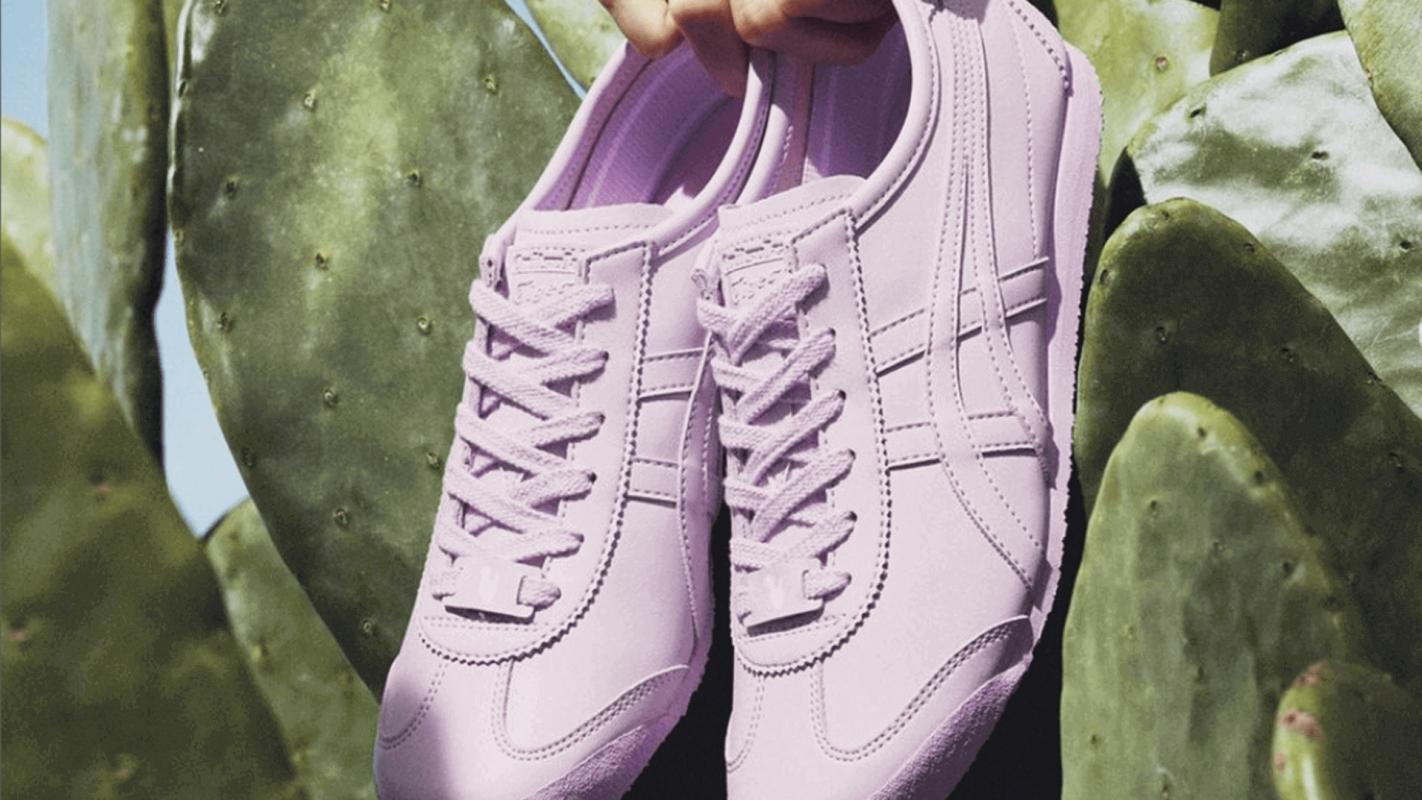Fashion brands to automakers are searching for sustainable materials, and the quest has led to the unlikeliest of destinations: cactus leather. What exactly is cactus leather, though, and is it sustainable? Desserto, the Mexican company behind the material, says cactus leather can solve many problems.
What is cactus leather?
Cactus leather is a leather-like material made from the nopal cactus leaves. The best-known name in cactus leather is Desserto, the company founded by Adrián López Velarde and Marte Cázarez. They were driven by the goal of creating an alternative to animal leather.
Why is cactus leather important?
After witnessing environmental pollution firsthand while working in the furniture, fashion, and automotive industries, Desserto's founders say they came up with the idea to explore alternatives to animal leather.
Cow leather, specifically, is a co-product of the beef industry — one of the most significant contributors to the planet's changing temperatures and a host of other environmental problems.
"Ending animal farming is as important as leaving fossil fuels in the ground," environmentalist and writer George Monbiot tweeted recently. "Eating meat, milk and eggs is an indulgence the planet cannot afford."
He's right. The production of animal products, including leather, is responsible for nearly 60% of all of agriculture's greenhouse gas emissions, which make up more than 15% of all total global emissions.
Animal agriculture is also a leading producer of wastewater and biodiversity loss. And it's incredibly resource intensive, requiring 20 to 33% of the entire planet's fresh water and using up 80% of agricultural land.
How cactus leather solves the leather problem
Desserto's founders say cactus leather is a sustainable solution to cow leather. Cacti are natural carbon sinks, and Desserto's 14-acre cactus farm absorbs 8,100 tons of carbon dioxide per year.
Cactus leather doesn't require the whole plant, either. Just three leaves of cactus can create a meter of leather. Desserto cuts mature leaves without damaging the plant and can repeat the process indefinitely.
Unlike cows, cactus doesn't produce methane — a leading pollutant contributing to changing temperatures — on its journey to maturity. It can also be grown without pesticides, further reducing the environmental impact and risk to farmers.
Cactus leather in fashion
Karl Lagerfeld has turned cactus leather into luxury handbags, G.H. Bass recently launched its iconic penny loafers in cactus leather, and Givenchy recently used Desserto's cactus leather in a sustainable lipstick case.
BMW is working with Desserto to bring Deserttex, a cactus leather material specifically for auto interiors, to its cars and the auto industry at large. In a statement addressing the BMW partnership, Desserto says it is "convinced that our cactus-based vegan biomaterials will significantly contribute to sustainability in the automotive industry by offering an alternative to replace traditional leather with sustainable, animal cruelty-free vegan alternatives."
Want more? Follow The Cool Down on Instagram and join our Weekly Newsletter for cool stories and easy tips that save you money, time, and our planet.








